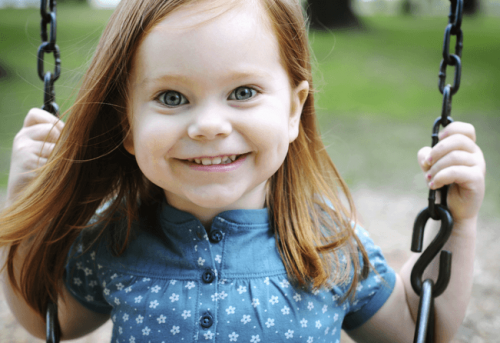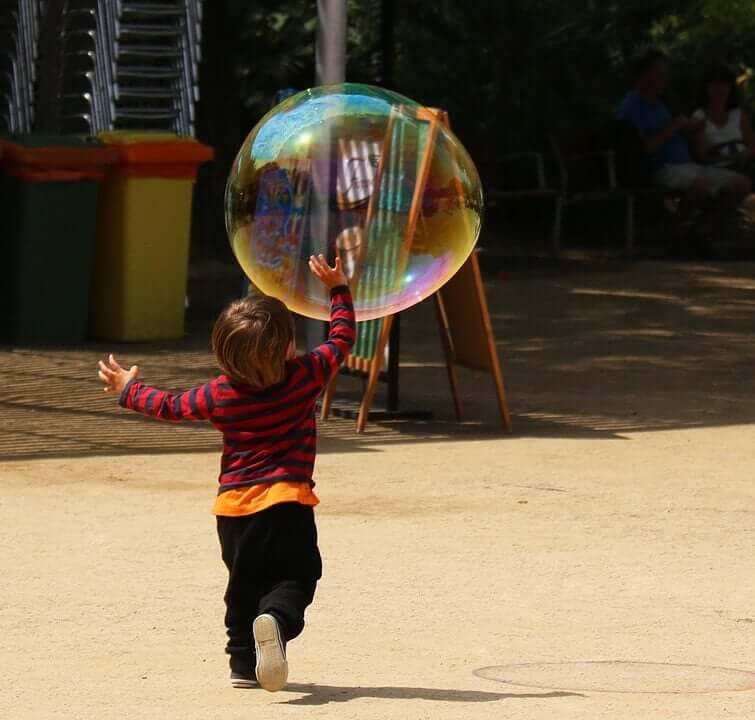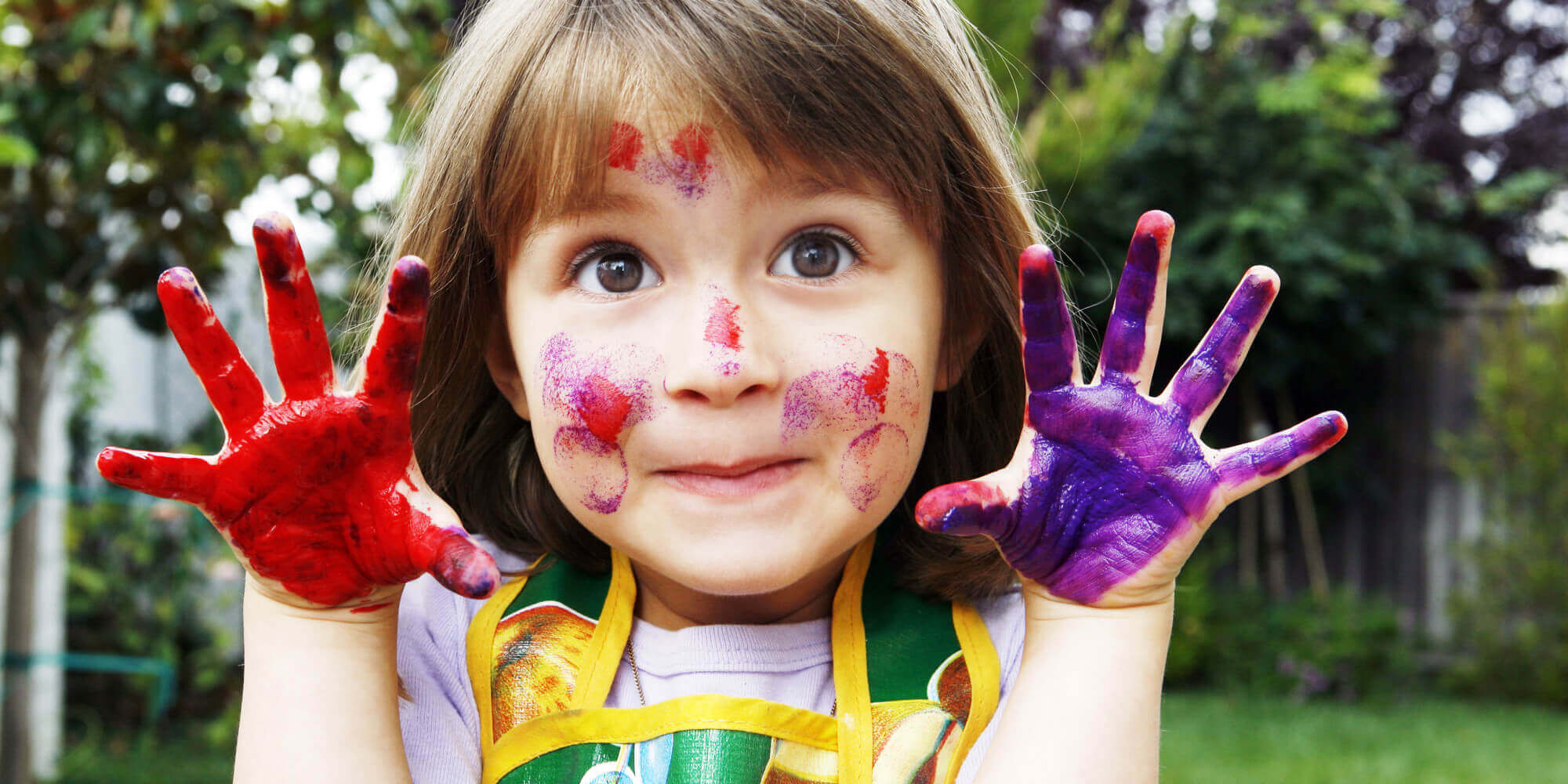The Stages of Children's Emotional Development

As they grow up, children’s emotions gradually emerge, as they’re biologically programmed. As the child’s cognitive development occurs, they become aware of their emotions and those of others. Self-esteem also plays an important role in children’s emotional development.
Depending on how their self-esteem develops, your feelings will vary between hope, pride, shame, etc. Shame plays an important role in regulating their emotions. This is the one that limits their actions on some occasions, as it’s a repressive feeling.
Children are able to distinguish and express emotions such as joy, fear, anger, surprise, sadness, and displeasure from 3 months of age. Emotions are considered positive or negative according to the pleasant and beneficial or unpleasant and harmful feelings, respectively, that they stimulate. In particular, the inappropriate handling of negative emotions affects somatic balance, physical, and mental health.
Below, we’re going to see what the stages of the children’s emotional development are. That way, you can be more clear about how emotions evolve in your little ones.
The stages of children’s emotional development
From 0 to 3 months
Newborn babies have emotions that have to do with survival, which are crying, interest, and disgust.
After one month of life, they‘re able to recognize in others emotions such as joy and anger.
At around 3 months, the social smile appears, which encourages adults to interact with them. Over time, that smile becomes more specific and they use it more with their parents or caregivers. Fears or startles appear in the face of sudden stimuli.
From 4 to 8 months
In the fourth month, they begin to laugh when they interact with their toys and know the difference between an angry and sad gesture.
In the fifth month, they begin to develop an interest in other stimuli that surround them. Surprise appears when they expect a smile and see an angry face.
In the sixth month, the baby becomes excited showing signs of joy, squeaks, and laughs when you play with them. They begin to have shocked reactions.
In the seventh month, when faced with unknown or unexpected stimuli, the child shows anxiety. They know how to distinguish a positive and negative emotion.
In the eighth month, fear and guilt appear.
From birth to 3 years

In the first year, children develop empathic skills. They may start crying when they see another child cry. They begin to inhibit their emotions and overcome small scary situations.
By the second year of life, the child can imitate the facial expression of basic emotions (anger, joy, sadness, surprise, disgust, surprise).
During the third year, they’re able to distinguish people by their emotional relationship with them: Those with whom they play, those that feed them, those that take them for walks, etc.
From 4 to 6 years old
Around the age of 4, language will play an important role. Thanks to this, the child will be able to understand reality, communicate experiences, and express feelings.
It’s from this age that emotional awareness develops. This will help you become aware of what you feel and why you feel it. If you have pleasant experiences, you will show confidence.
Another important milestone in children’s emotional development is emotional regulation. This will be one of the most important of this stage, and for its development, they’ll use symbolic play. This type of play is a kind of emotional discharge. Little ones can adopt different roles, as well as emotional states that are different from their own.
Around the age of 6 , children stop being self-centered and begin to develop relationships among their peers. As their social world increases, the intensity and complexity of their emotions grow.
From 6 to 9 years

At 6 years old, children get angry for more mature reasons. They already perceive injustice, criticism, misunderstanding, even feeling rejected.
They begin to relate more with boys and girls and more emotional experiences arise. They learn to self-control their emotional expression.
Around the age of 9 , children become more reserved in expressing their emotions and are able to understand their feelings and those of others.
Friendship changes and they value trust and collaboration.
From 12 years onwards
This stage is characterized by the fact that they begin to experience contradictory feelings (love-hate, loneliness-company). They become even more reserved about their emotions and their expression. They begin to have feelings that they hadn’t experienced before, such as love. In this period, friendship is based on intimacy.
So these are the stages of children’s emotional development. Surely you’ve learned things you didn’t already know. From now on, it’ll be easier to understand your children and help them express and regulate their emotions.
All cited sources were thoroughly reviewed by our team to ensure their quality, reliability, currency, and validity. The bibliography of this article was considered reliable and of academic or scientific accuracy.
- California Childcare Health Program. (2006). Desarrollo Social y Emocional de los Niños. Child Development.
- Cecilia, G., López, H., Cristina, M., & Vesga, G. (2009). Interacción familiar y desarrollo emocional en niños y niñas *. Revista Latinoamericana de Ciencias Sociales, Niñez y Juventud.
- Guerrero, R. (2018). Educación emocional y apego. Pautas prácticas para gestionar las emociones en casa y en el aula. https://www.planetadelibros.cl/libros_contenido_extra/39/38441_Educacion_emociona.pdf
- Jeta, P. M. P. A. (1998). El desarrollo emocional infantil (0-6 años): Pautas de educación. In Ponencia presentada en el congreso de Madrid. España. http://www.waece.org/biblioteca/pdfs/d069.pdf
- Medina, C. P., Zambrano, C. M. N., & Andrade, M. F. B. (2019). Conciencia emocional y regulación emocional. Visionario Digital, 3(3), 75-83. https://cienciadigital.org/revistacienciadigital2/index.php/VisionarioDigital/article/view/645/1556
- Mestas, L., Baltazar, A. M., Salvador Cruz, J., Gordillo, F., & Perez Nieto, M. Á. (2015). Efecto de la edad del emisor y el perceptor en el reconocimiento de las expresiones emocionales.
-
Ramírez-Corone, A. A., Suárez, P. C. M., Mejía, J. B. C., Andrade, P. A. B., Torracchi-Carrasco, E., & Carpio, M. G. C. (2020). Habilidades sociales y agresividad en la infancia y adolescencia. Archivos venezolanos de farmacología y terapéutica, 39(2), 209-218. https://www.redalyc.org/journal/559/55969799012/55969799012.pdf
